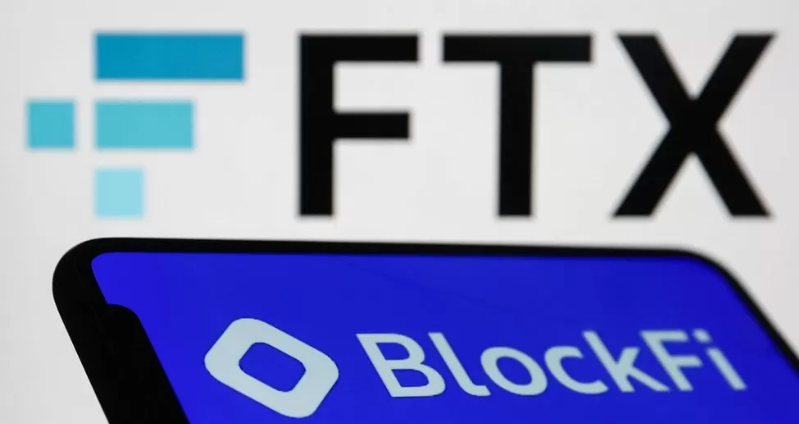BlockFi CEO Zac Prince reportedly ignored the advice provided by its risk management team regarding the lending of assets to Alameda Research. The team had made recommendations to exercise caution in such transactions, but it seems that Prince overlooked their concerns.
On November 10, 2022, BlockFi took the significant step of suspending all withdrawals, attributing the action to the collapse of both FTX and Alameda Research. The company pointed to the lack of clarity surrounding these entities as the reason for its inability to continue regular operations. Sadly, this predicament eventually led BlockFi to file for bankruptcy.
It appears that BlockFi’s decision to lend assets to Alameda Research, despite the reservations expressed by the risk management team, played a pivotal role in the subsequent chain of events.
BlockFi Risk Management Team Raises Red Flags
In a recent filing with the United States Bankruptcy Court for the District of New Jersey, the unsecured creditors’ committee revealed that BlockFi’s risk management team had expressed serious concerns about lending assets to Alameda. These concerns were documented in the filing dated July 14.
According to the committee’s report, the risk management team had identified significant risks associated with the decision to lend Alameda $217 million by August 2021. Of particular concern was the potential need to liquidate the FTX Token (FTT) used as collateral for these loans.
As of today, the market cap of cryptocurrencies registered at $1.17 trillion on the weekend chart: TradingView.com
Allegedly, Prince dismissed the concerns raised by the risk management team regarding the lending of assets to Alameda. Despite the team’s warnings about the potential risks involved, Prince purportedly disregarded their advice and proceeded with the lending arrangement. This decision has now come under scrutiny as it may have played a role in the company’s subsequent downfall.
The Risk Of Liquidating FTT
The risk management team had explicitly cautioned that there could be significant risks if the FTT was used as collateral for the loans needed to be liquidated. It is unclear from the filing what specific risks were associated with such liquidation, but the team deemed them noteworthy enough to warrant attention and consideration.
Within the filing, the committee stated that while it may be true that Alameda/FTX’s downfall triggered BlockFi’s own demise, the root causes of BlockFi’s collapse were related to its own business practices and decisions that predated Alameda/FTX’s bankruptcy filing.
This statement suggests that there were underlying issues within BlockFi that made the company vulnerable, even before the events tied to Alameda and FTX.
Furthermore, it is alleged that Prince instructed BlockFi team members to “get comfortable” with the use of funds for lending to Alameda.
Meanwhile, the digital asset lender continues to navigate its way through bankruptcy proceedings. Initial filings have revealed a significant debt burden, with estimates ranging from $1 billion to $10 billion owed to over 100,000 creditors.
Featured image from Getty
Credit: Source link















































